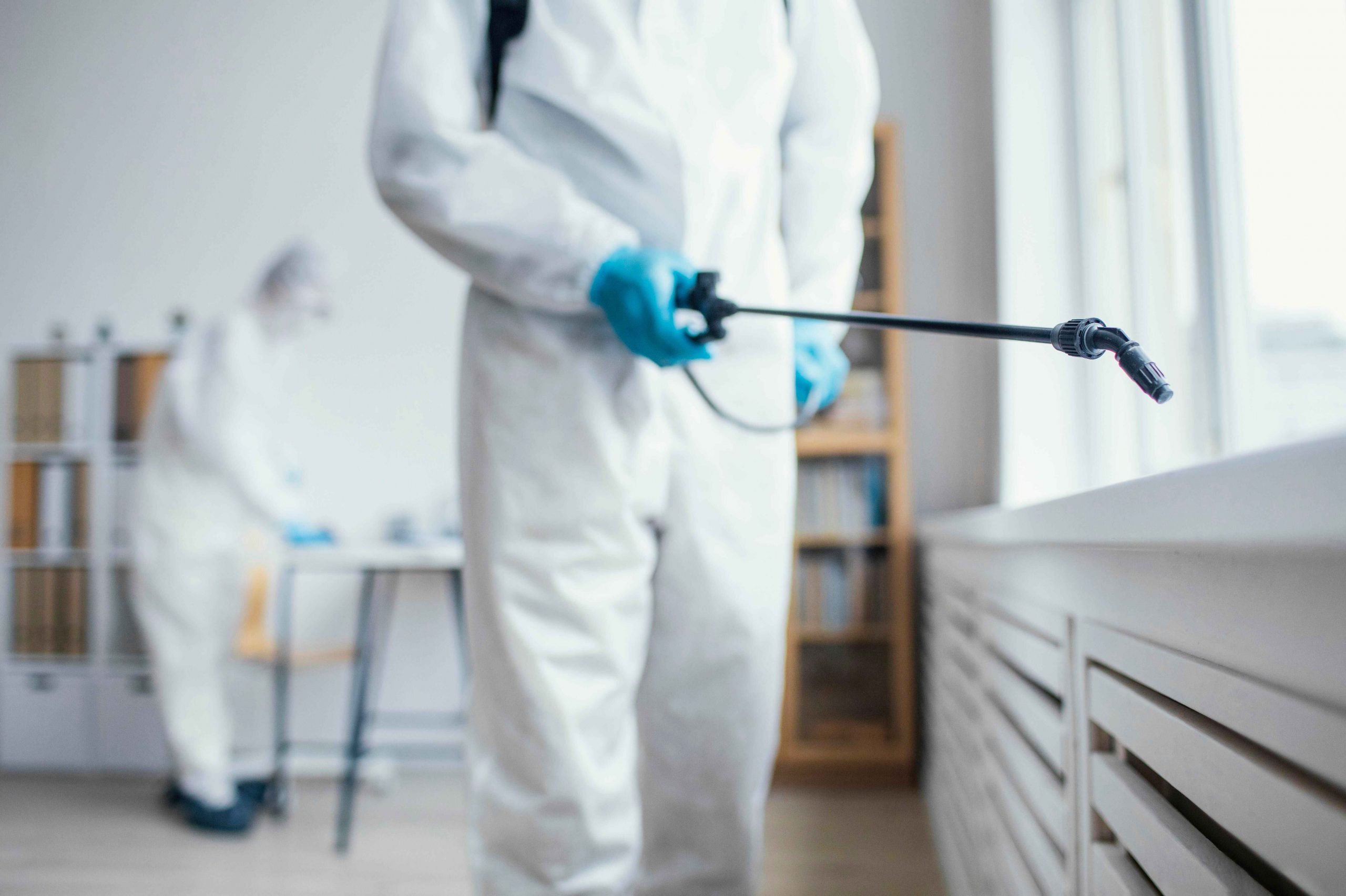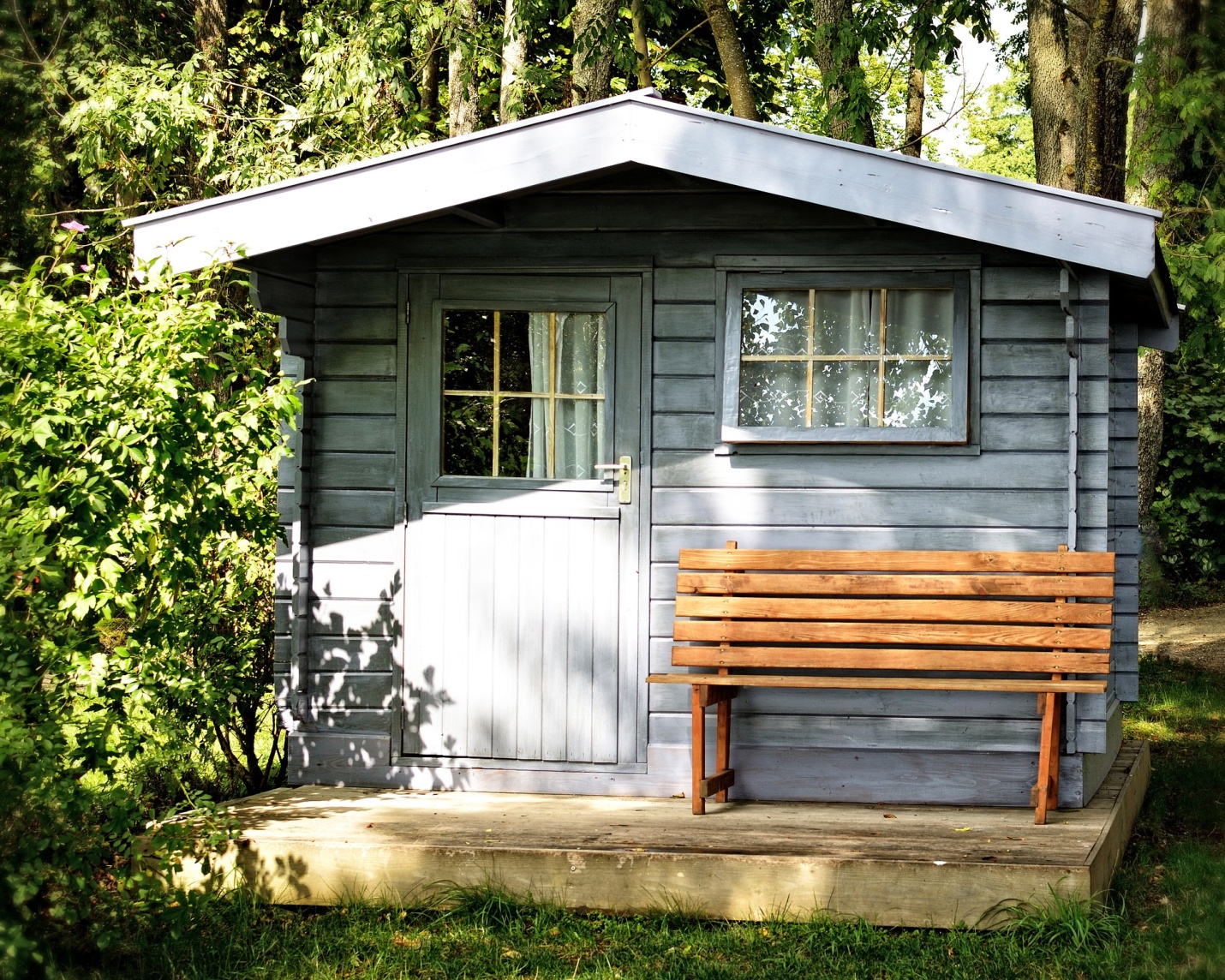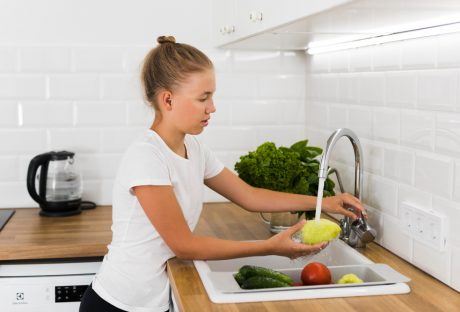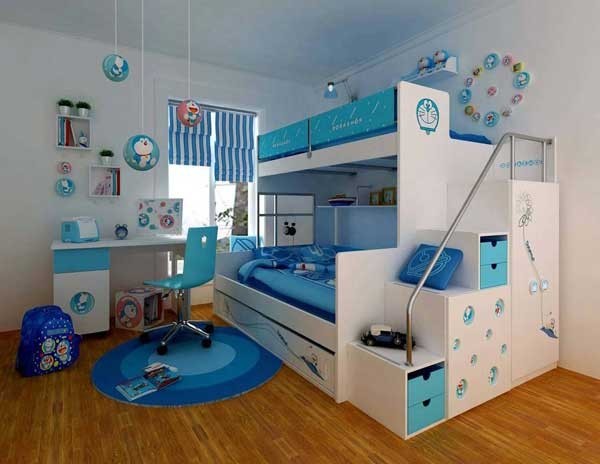The average American home has dozens or even hundreds of different kinds of insects living inside it. However, the vast majority of those tiny, unseen roommates aren’t pests.
Many insects and other small creatures can live peacefully near humans without causing problems. But others are pests that can infest your home, breeding in huge numbers and turning up everywhere you don’t want them. From mice to cockroaches, these pests can leave all sorts of different signs.
Humans have been doing pest control for thousands of years. But if you don’t know what to look for, you won’t know how to take the steps you need to control a pest infestation.
In this guide, we’ll show you exactly which signs of a pest infestation to look for. Once you recognize the problem, you can start taking the steps to fix it. Keep reading for what you need to know!
1. Damaged Wires or Furniture
Big pests, like mice, often chew on furniture or through cords. If you see damaged wires or bite marks on your furniture, you probably have a pest problem that’s not just insects.
Rodents need to chew on things because their teeth constantly grow and need to be worn down. You’ll see the marks of this activity down low, near the floor. You might also find signs that mice have been eating the food in your pantry.
This damage will probably leave you asking, “What is the best way to get rid of mice?” However, the answer to this is the same as the answer to getting rid of any pests: you should always call a professional. DIY solutions are rarely completely effective.
2. Signs of Nesting
Rodents also like to build nests, and you might see the signs during a thorough check of your home.
They’ll use any available materials to build their nests. You’ll need to check all the small, hidden areas of your home where they might have started nesting. Common signs include shredded paper and cardboard.
3. Droppings
Droppings are definitely one of the most unpleasant signs of a pest infestation you can come across.
You can often figure out the type of pest you’re working with by looking closely at the droppings. If it’s a rodent, you’ll find long, solid droppings that are sometimes shaped like cones.
These droppings tend to be small, and won’t have a strong scent. While that’s a good thing, it also makes them difficult to spot.
Insects droppings are different. You might find exoskeletons that have been shed, or wings, legs, and other parts of the insect body.
A different sign of insect pests can be spider webs. Although spiders themselves aren’t usually pests, their webs signal that they might be trying to catch the insects that have infested your home.
4. History of Pest Infestation
Not sure if you’re seeing sure signs of a pest infestation? Your house or apartment’s history might hold some clues.
Try to contact previous owners or tenants and see if they’ve experienced infestations before. You can also ask your neighbors if they’ve had any infestation issues. Where pests have been, they’ll often come back, especially if measures to prevent their return aren’t taken.
5. Dirt and Grime
This is one of the more subtle signs of an infestation. Sometimes, what looks like a simple buildup of dirt can actually show that you’re dealing with an infestation.
One reason everyone hates pests is that they make a mess wherever they go. In places where insects, rodents, and other pests hang out, you might find crumbs, dirt smudges, and other bad signs.
Rodents often take the same routes back and forth, so they’ll leave streaks of dirt or grease along the paths they’ve taken. If there’s dust on the floor, you may also see a trail where pests have walked.
These signs may start out small, but they’ll build as time goes on. The sooner you can catch them, the better.
6. Plant Damage
Many insects feed on plants. If your house plants show signs of gnawing around the edges, and you don’t have a pet that might have done it, it’s likely due to a pest in the house.
7. Unpleasant Smells
Sometimes, you’ll smell a pest infestation before you see it.
If you’re dealing with insects that carry food, like ants, the smell could be that of rotting food they’ve dropped or stashed somewhere. You might also smell the pests that have died somewhere in your home, where you can’t see them. They often hide in the walls or under floorboards.
If you start to notice an unusual, unpleasant scent in one part of your house, make sure to carefully check it out. You might find an infestation you weren’t expecting.
8. Live Pests
The most obvious sign of an infestation is visually seeing live pests. However, sometimes it’s easy to dismiss the problem if you see just one.
Keep in mind that if one pest made itself visible, there are probably many more where it came from. These creatures tend to be great at hiding. If you catch them, you probably already have a problem — it’s not just a single creature in your home.
9. Strange Noises
Almost all of your senses are useful when it comes to detecting a pest problem. Sometimes, they make unusual sounds that can be quiet and hard to catch. Pay close attention to the sounds in your home late at night, when everything’s quiet.
You can also put your ear up to the wall, floor, or anywhere the pests might be hiding. The sounds you hear can confirm the other signs you’ve found.
What to Do About a Pest Infestation
Now that you’ve spotted the signs of a pest infestation, what should you do about it?
As mentioned above, your first step should always be to call professional help. If you try to fix the problem yourself, it can grow much bigger before you can stop it.
Need to protect the outside of your home too? Check out our guide to keeping pests away from your garden here.
Read Also:






















